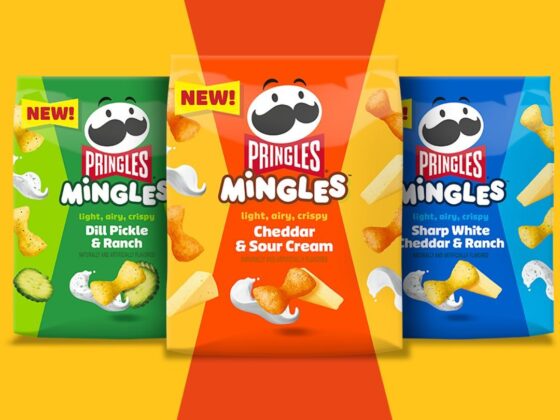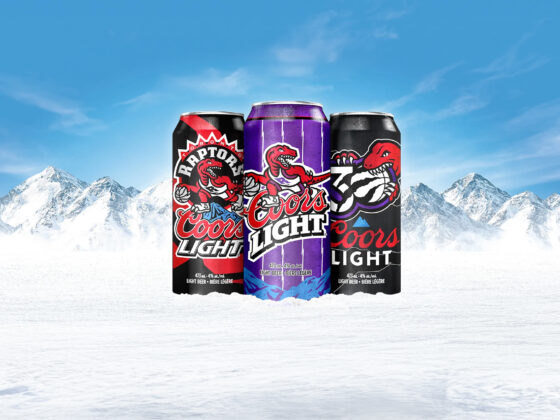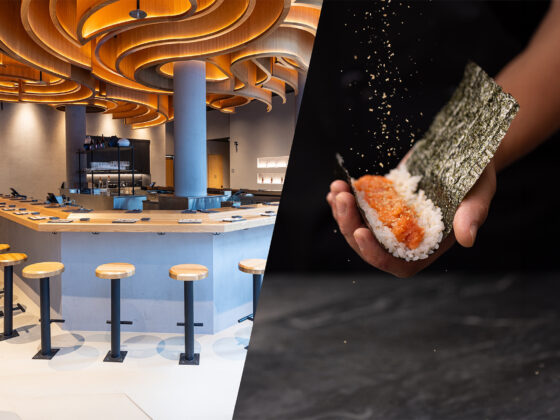
Vv Magazine’s Neelam Champaneri takes a closer look at the surprising (ly gross) things that may be in your food. It goes without saying but we don’t recommend eating while perusing this article.
We’ve seen the documentaries dealing with what goes into food processing. We’ve heard about chemicals poured in to make the food taste a certain way, even all those food scandals (in 2013, foods advertised as being beef in Europe were found to contain traces of actual horsemeat). Pretty gross, right?
One thing we don’t often realize is that making food in a factory is completely different than cooking in your own kitchen. There’s a high chance that the food has come into contact with things other than tree nuts and soy products. What kind of things, you ask? Well, you might soon be sorry that you did.
ADVERTISEMENT |
Here’s Vv Magazine‘s list of 10 horrible (really, really no-good) things that may be lurking in your food.
Human Hair
We’ve heard of (and most likely have seen) this often. However, this isn’t about finding a strand in your salad. We all know amino acids are important to eat as they aid in structuring body cells and carrying out bodily functions, especially our metabolic processes. The bulk of our tissues, muscles, and cells are also made up of these. Not all amino acids are made the same, though. There’s one that we should be on the lookout for, and it is known as L-cysteine. Commonly extracted from human hair, this amino acid is used to extend the duration of a product’s shelf life, and is usually found in bread products. The sick part? It’s can also be derived from bird feathers. But the most common source is, indeed, human hair, which is allegedly collected from salons in China. To avoid eating a hair sandwich, try purchasing fresh breads instead of commercial ones. Oh, and stay away from fast food burgers.
Arsenic
As bad as it sounds, this cancer-causing chemical is quite common in foods, and can be found in anything from cereals to rice. It’s also been found in beer—German scientists found traces of arsenic in German beers that exceeds the limit of what is permitted in U.S. tap water. Their study even suggested that the clearer the colour of wines and beers, the higher the levels of arsenic in it. According to NPR, the filtering agent diatomaceous earth clears out yeast, plant matter, and other stuff that might make the drink cloudy, but it also naturally contains metals such as arsenic. All in all, consume responsibly—go unfiltered.
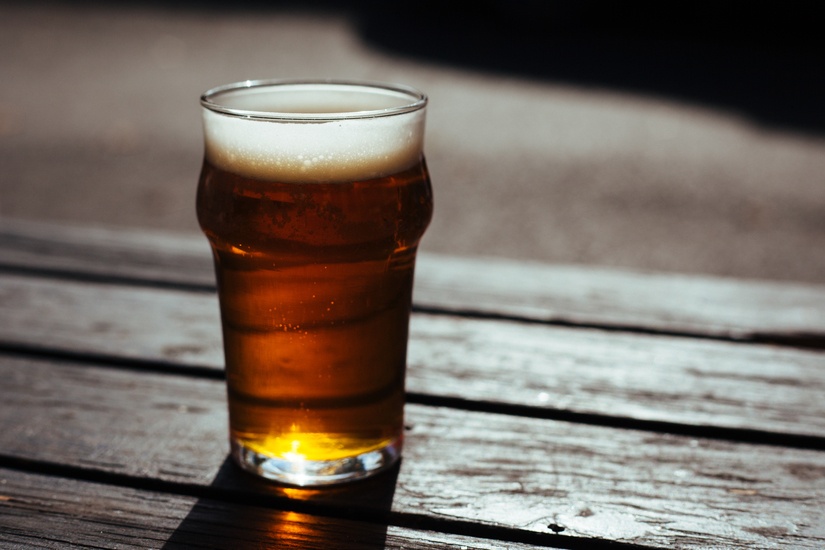
Beaver Anal Excretion
You think that luscious vanilla ice cream you indulge in as your midnight snack uses natural flavouring? Think again. Scientifically hidden by the name Castoreum, beaver anal excretions can be used to give perfumes and even food that lovely vanilla scent, according to Time. Just let that sink in for a moment. It’s generally considered safe to consume by the FDA as it’s technically all-natural, but still. It apparently does smell like vanilla, though. Animal excretions are used in other products—think of musk (obtained from deer or civet cats) in perfume, for example. Just beware of the “natural flavouring” label that is often slapped onto food packaging as Castoreum can pass under that title, and take solace in knowing that (ahem) milking beavers is time-consuming and costly, so it’s not particularly common.
ADVERTISEMENT |
Wood Pulp
You’ve probably seen cellulose listed in ingredient lists. Street name? Wood pulp. Wood pulp is found in many foods, including pre-shredded cheese, as it prevents the cheese from sticking together. Cellulose is also used as a fat replacement, as well as to make foods creamy or thick. So, basically, food is being made out of paper.
Bugs
Sorry candy lovers, but you’re actually eating bugs along with those jelly beans. Shellac is derived from the female Lac insect (hence its name) found in Thailand and India. This is often known as “confectioner’s glaze,” which is what makes candy and fruits shiny. Do you like red velvet cupcakes? What about a strawberry Frappuccino from Starbucks? Extracts from the cochineal insect are often found in red food colouring such as carmine.
Ammonia…
That smelly chemical that’s found in household cleaning products is also found in meat. Ammonia gas is used to kill germs in red meats (mainly beef and its trimmings) during processing. The gas leaves the meat as pretty much nothing but a pink slime, which is later transformed into artificial food.
…and Pink Slime
The biproduct of ammonia gas, this controversially disgusting slime comes from the meat trimmings and whatever is still stuck onto the fat. This slime is called “lean finely textured beef,” and is showered with ammonia gas to kill germs, then added to ground beef as a filler. Billions and billions of pounds of ground beef contain this. Fast food companies have notoriously been suspected of using this slime, as well as school cafeterias, and earlier this year, Jamie Oliver finally persuaded U.S. McDonald’s to quit using pink slime in its patties, according to the Daily Mail.
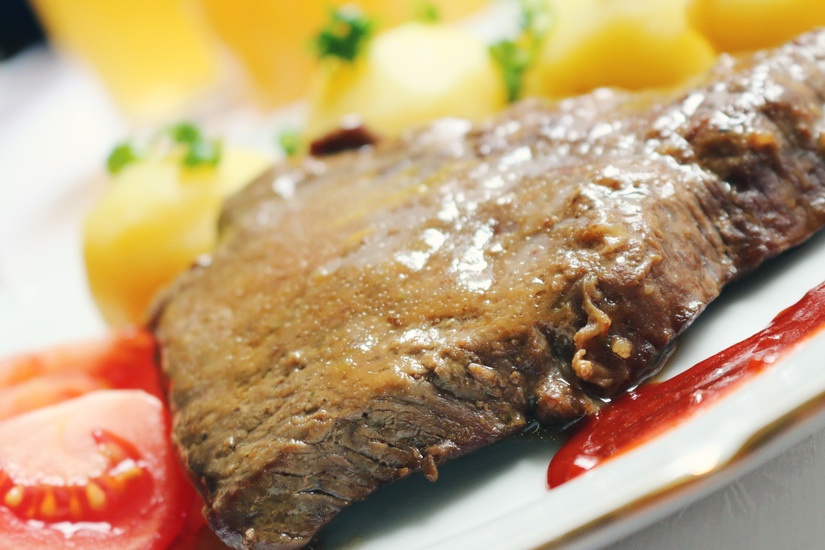
Sodium Benzoate
That fizzy feeling in your throat after you gulp down your Coca Cola is Sodium Benzoate taking action. This chemical compound is responsible for the carbonation of drinks. On its own, it doesn’t pose a huge medical risk, but this, along with dyes that are added in drinks, is linked to hyperactivity in children. Yikes.
ADVERTISEMENT |
Antibiotics
It may surprise you to learn that antibiotics aren’t just for people—antibiotics are also fed to livestock so they can gain more weight. Problem is, these antibiotics are often over-used, and over time, the bacteria in the animals can become resistant to antibiotics. There’s been a lot of controversy on whether the rise of antibiotic-resistant disease in humans is linked to antibiotic-fed livestock, and the practice is hard to regulate.
Borax
No, this is not a Dr. Seuss character. Borax is an ingredient found in enamel glazes and tooth whitening formulas, and is also sometimes used as a preservative in taxidermy. Oh, and it can be used as a preservative in food. The US and Canada don’t allow it in food, but it’s permitted in EU nations as an additive. In the food industry, Borax is known as E285, and can be found in caviars, as well as Asian noodles (especially packaged noodles) and rice dishes—Borax is popular in Asian noodles because it makes for a firmer and stretchier texture.
Related Link: 10 everyday things you had no idea are terrible for you
ADVERTISEMENT |
Did we miss any gross things found in food? Let Vv Magazine know in the comments below, or tweet us @ViewtheVibe.




